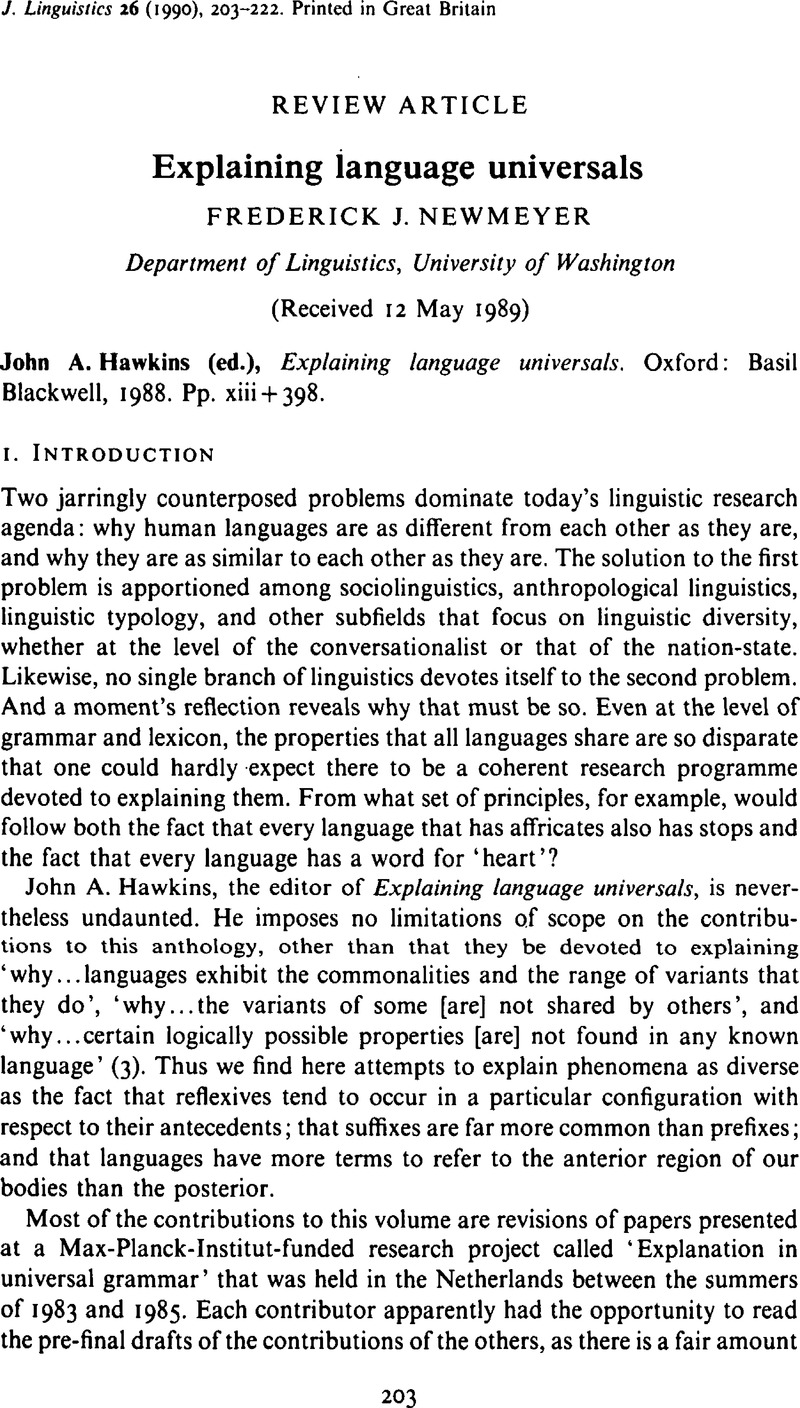Crossref Citations
This article has been cited by the following publications. This list is generated based on data provided by Crossref.
Itkonen, Esa
1996.
Concerning the generative paradigm.
Journal of Pragmatics,
Vol. 25,
Issue. 4,
p.
471.
Anderson, John M.
2006.
Structural analogy and universal grammar.
Lingua,
Vol. 116,
Issue. 5,
p.
601.
Liceras, Juana M.
and
Alba de la Fuente, Anahí
2015.
The Acquisition of Spanish in Understudied Language Pairings.
Vol. 3,
Issue. ,
p.
329.
Ranaldi, Leonardo
Fallucchi, Francesca
and
Zanzotto, Fabio Massimo
2021.
Dis-Cover AI Minds to Preserve Human Knowledge.
Future Internet,
Vol. 14,
Issue. 1,
p.
10.
Ranaldi, Leonardo
and
Pucci, Giulia
2023.
Knowing Knowledge: Epistemological Study of Knowledge in Transformers.
Applied Sciences,
Vol. 13,
Issue. 2,
p.
677.



